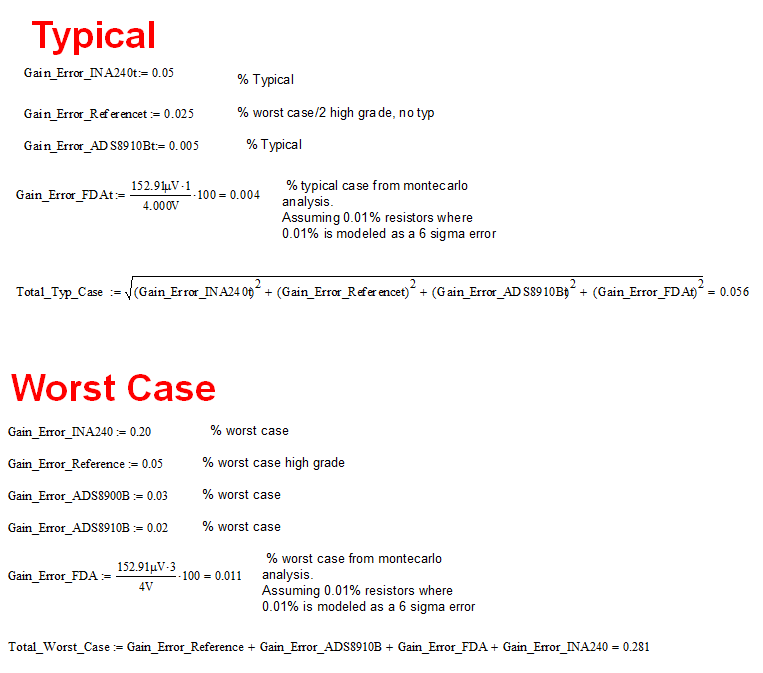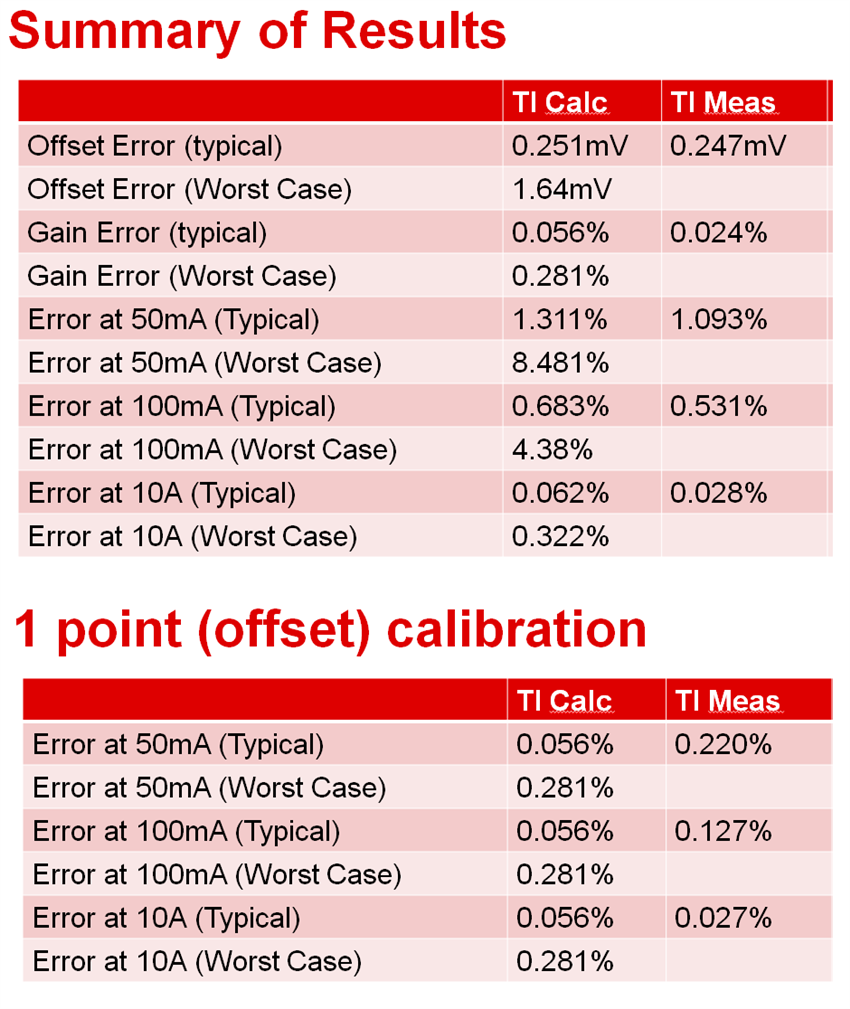Other Parts Discussed in Thread: INA240, OPA320, ADS8914B, THS4551
Hi,
We are working on a MPPT Buck converter with a high accuracy required (1%) on global system.
So we are looking for a solution in order to reach an accuracy of 0.5% on current measurement and on voltage measurement.
We have find the SBAA243 design document and we have some questions :
- Which is the best accuracy reachable with this architecture ?
- Could we change ADC reference by ADS8694 in order to benefit of internal PGA ?
Best regards,
Benjamin




